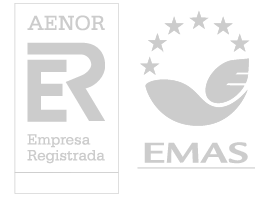TÉCNICAS AVANZADAS PARA EL MANTENIMIENTO PREDICTIVO DE MOTORES ELÉCTRICOS
- Desde: 25/2/19
- Hasta: 26/2/19
- Campus de Valencia
- Idioma: Castellano
- Presencial
Preinscripción desde el 20/12/18
Promovido por:
Dpto. de Ingeniería Eléctrica
Responsable de la actividad:
Jose Alfonso Antonino Daviu
Modalidad
| Presencial | Online | Emisión en directo |
|---|---|---|
|
14 horas |
0 horas |
0 horas |
| Horario |
|---|
|
Mañana y Tarde
|
| Lugar de impartición |
|---|
| Laboratorio de Máquinas y Tecnología Eléctrica Departamento de Ingeniería Eléctrica Edificio 5E, planta baja |
Asistencia
PRESENCIAL
2018-2019
0
Valencia
Presenciales
Online
| Precio | Colectivo |
|---|---|
| 1.750 € | Público en general |





